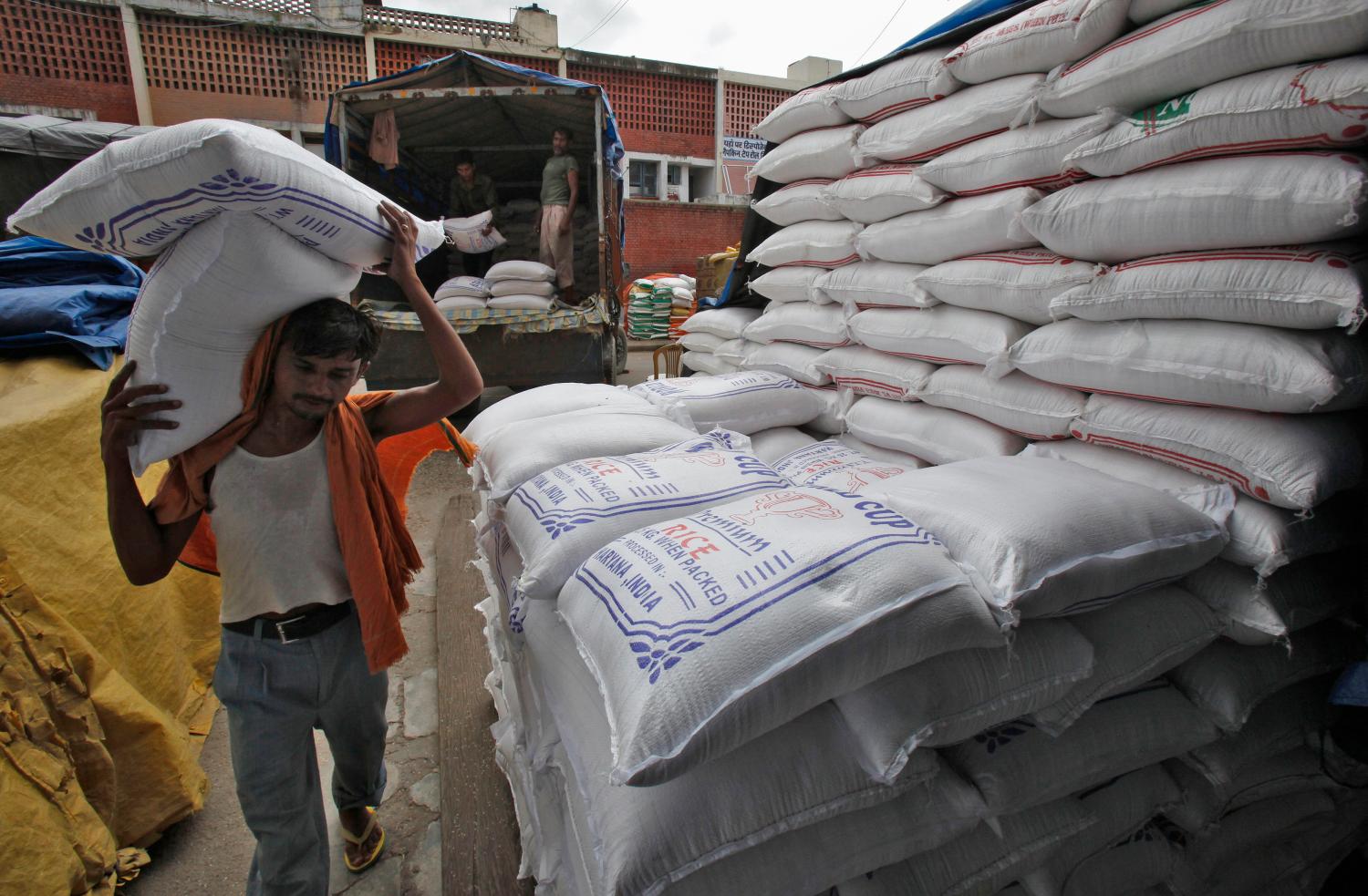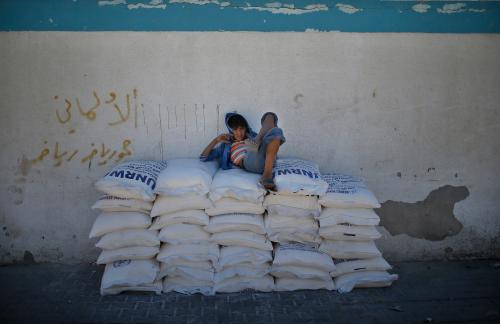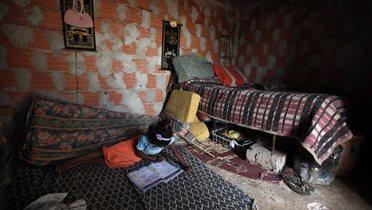It has been nearly three years since the New Deal for Engagement in Fragile States (“the New Deal”) was endorsed at the Fourth High-Level Forum on Aid Effectiveness in Busan in 2011. Given the minimal progress of fragile states in achieving the Millennium Development Goals1 (MDGs) and that conflict and fragility are part of the deliberations on the post-2015 global development agenda, it is appropriate to assess New Deal implementation to date and see what early lessons can be learned. This review is intended to provide insights on current efforts and provoke thought and discussion on how implementation could be improved.
Since the New Deal was endorsed in Busan, a group of fragile states known as the g7+ has emerged to champion support for fragile states. The group started in 2010 with seven members but by May, 2014, its membership spanned 20 countries from four continents. The g7+ represents the first time a genuine constituency of fragile states has begun to engage with one other and with the international community about the causes of fragility and how to address it. Despite the modest progress that has been made and the enthusiasm of New Deal focal points among donors, civil society, and g7+ pilot countries, implementation of the New Deal to date is characterized by unmet conditions, unrealistic expectations about timeframes, and a lack of sustained dialogue about the causes of conflict and fragility. Overall, the Peacebuilding and Statebuilding Goals (PSGs) are being adopted into national development plans (Figure 1), but donors and civil society have concerns about the g7+ pilot countries’ commitment to use these goals as the basis for an inclusive and sustained dialogue about the causes of conflict and fragility. Conversely, although some elements of the TRUST component (Figure 1) are being implemented, g7+ pilot country governments have concerns about donors’ commitments to share risk and increase the use of country systems. Progress has been made in the implementation of the FOCUS elements (Figure 1), in terms of the number of fragility assessments conducted and compacts or mutual accountability frameworks established, but concern exists at the global level that there has been an overemphasis on the technical exercises and insufficient effort put toward political dialogue at the country level. The effort put into technical processes should not overshadow sustained political dialogue, and the tendency to rely on conditionality as the basis for New Deal partnership should be consciously avoided.
Greater investment should be made in rolling out the New Deal to reduce the amount of confusion surrounding it at the country level. This would perhaps best be accomplished by building the capacity within the different stakeholder groups, and especially by bolstering dedicated staffing for the New Deal. Donors and the g7+ should increase their domestic advocacy and educate stakeholders about the expectations inherent to New Deal participation, the potential risk-benefit tradeoffs, and the underlying assumptions about their willingness to do things differently. A combination of fewer conditions, increased investment, more inclusive political dialogue, and better domestic advocacy could render the New Deal a transformative approach to addressing the challenges and opportunities that exist in fragile and conflict-affected states.
This paper is an independent assessment of New Deal implementation. It is based on a review of New Deal documentation and interviews with focal points in g7+ pilot countries, lead donor agencies, and civil society. The interviews were conducted during April, May, and June 2014. This review focuses on the original seven pilot countries that volunteered to implement the New Deal: Afghanistan, the Central African Republic, the Democratic Republic of Congo (DRC), Liberia, South Sudan, Sierra Leone and Timor Leste. The review also includes Somalia, given that a compact was developed there in 2013.







